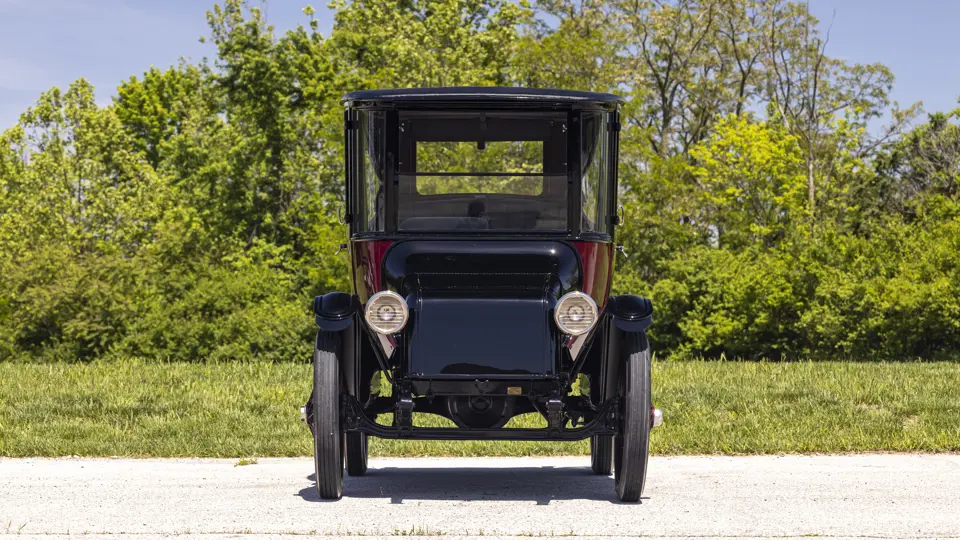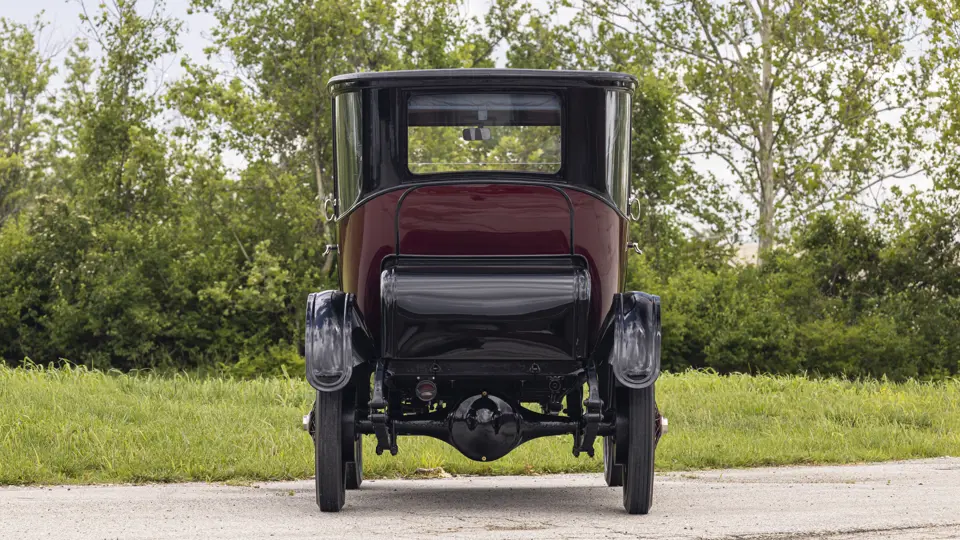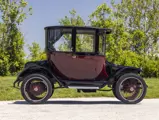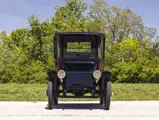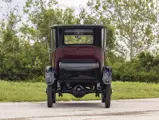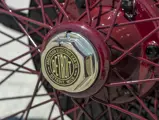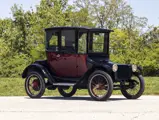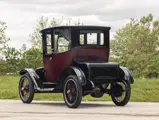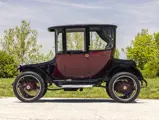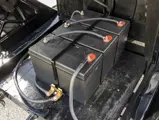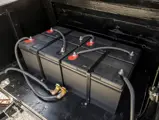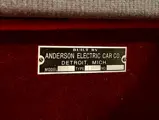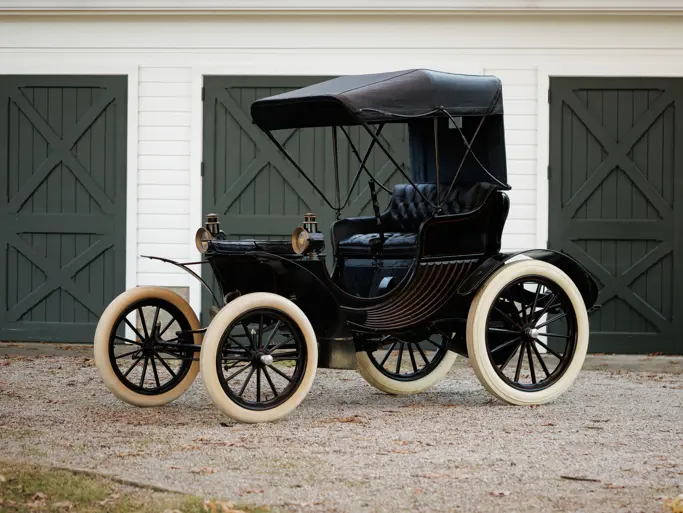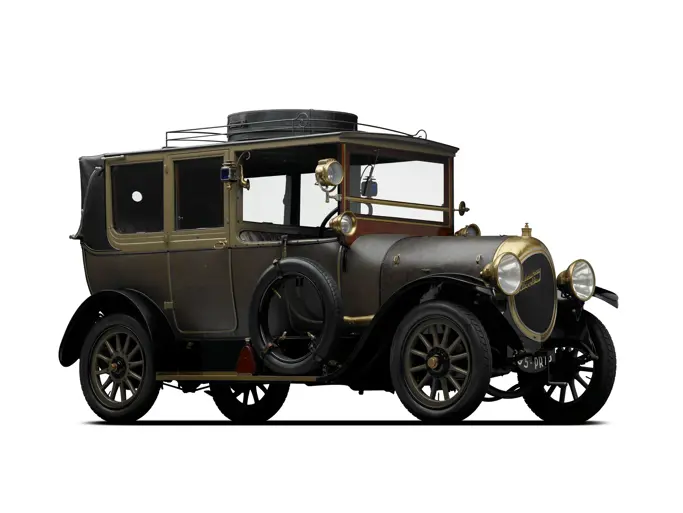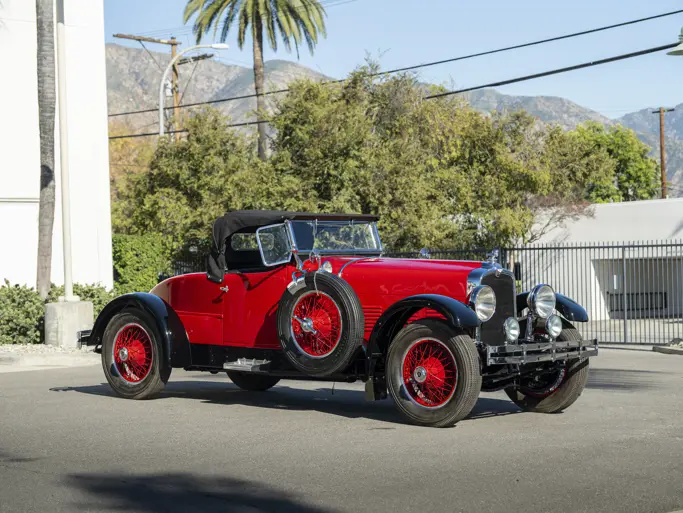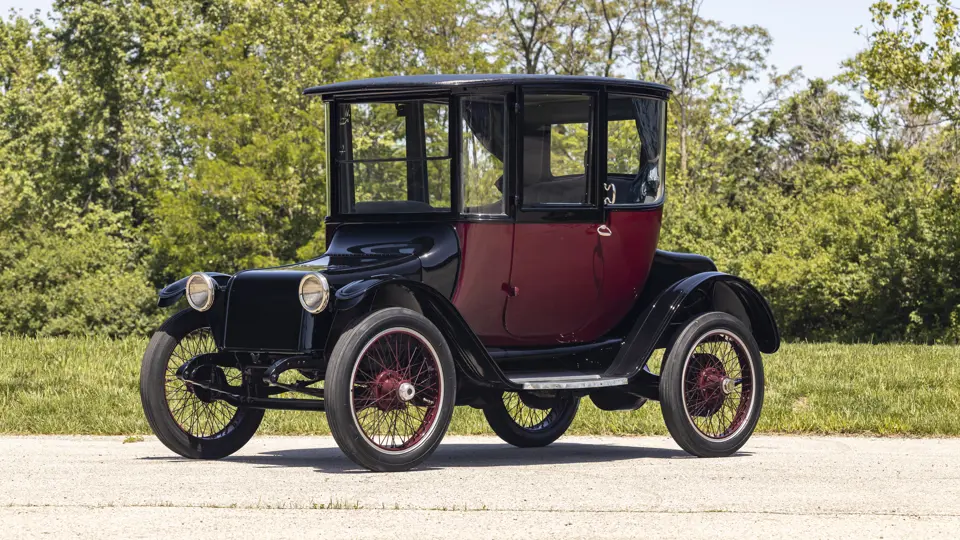
1918 Detroit Electric Model 75A Brougham
{{lr.item.text}}
$145,000 - $160,000 USD | Not Sold
{{bidding.lot.reserveStatusFormatted}}
- A lovely, restored example in attractive colors
- Dark burgundy and black paintwork over gray broadcloth
- New deep-cycle modern batteries for improved performance
- A rare survivor with appealing looks and ease of ownership
Detroit-Electric stands out as by far one of the most successful and longest-surviving manufacturers of early electric automobiles, remaining in production from 1907 through 1939. As the petroleum industry’s infrastructure took over in the early 20th century and drove most steam and electric cars into oblivion, Detroit Electric somehow managed to carry on, producing simple but solidly built cars. The company’s best year, 1914, saw a production of 4,669 cars, putting it decidedly in a niche market compared to the likes of Ford. But the scrappy automaker persisted even as the fondness for electric cars—favored, particularly by women, for their quiet, exhaust-free operation and not needing to be hand cranked—began to wane after 1916, when most production automobiles offered electric starters.
Styling upgrades such as the addition of “false fronts” kept Detroit Electric’s offerings up with current trends and even an open speedster proved popular with buyers. Still, production dropped steadily, even after prices were reduced from a peak of $4,000 in 1921. Yet Detroit Electric persisted, offering buyers from 1930 onward the option of conventional bodies supplied by Dodge or Willys-Overland to sit atop their chassis. Remarkably, the firm soldiered on still offering the classic, though positively archaic, “parlor on wheels” body style with tiller steering through the end of production, which some believe persisted until as late as 1941.
One such example, a 1918 Model 75A Brougham, is offered here. Beautifully finished in burgundy and black over gray broadcloth with red carpeting, it benefits from a previous restoration that has been freshened within the past few years, according to the consignor. The cabin is simple, yet elegant and inviting, with minimal adornment and basic instrumentation to monitor speed and battery output. With the feeling of a lounge on wheels, the driver operates the car via a tiller while sitting on the main, rear bench seat. A swiveling front seat and rear/side-facing jump-seat up continue the salon-like feel. In preparation for the sale, new deep-cycle batteries were installed for improved performance.
As today’s major manufacturers increasingly commit to pure electric vehicles, those of a century ago warrant a fresh look from collectors and enthusiasts. This outstanding example with appealing looks and ease of ownership, is sure to charm the dedicated electric car enthusiast and newcomer alike.
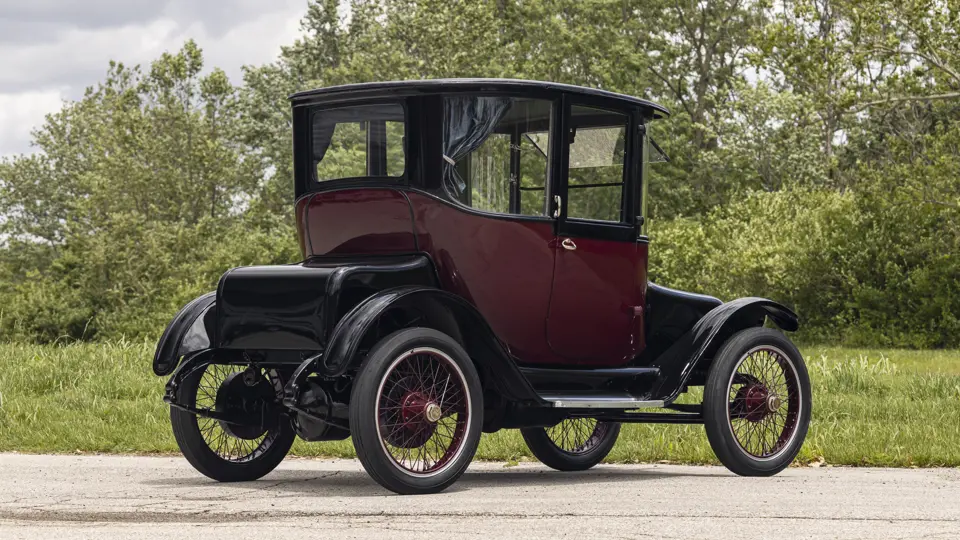

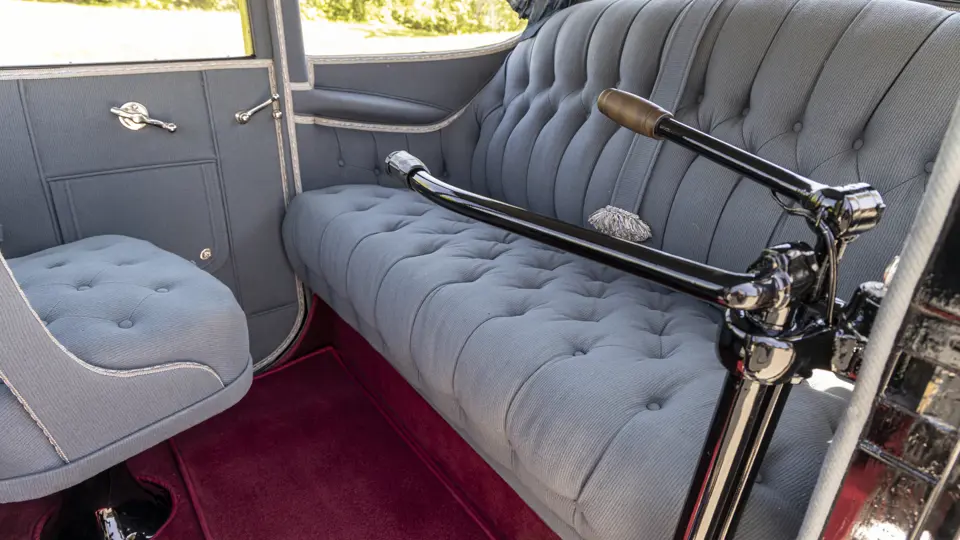

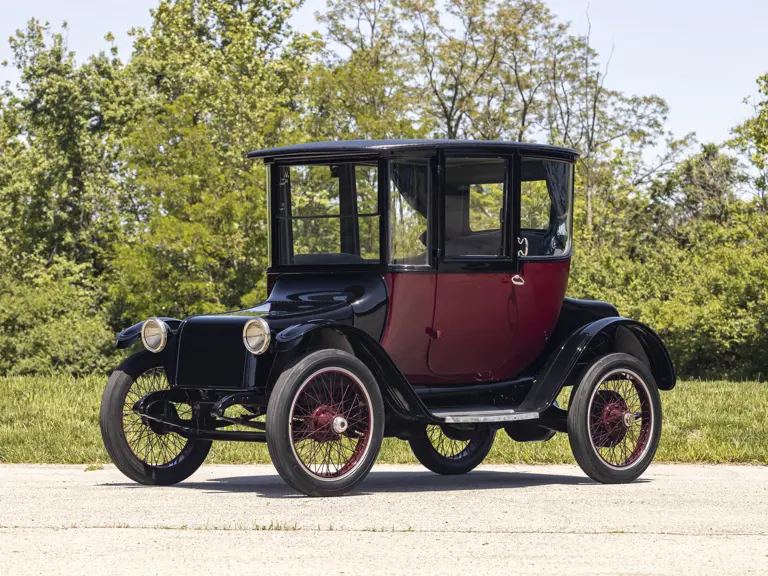
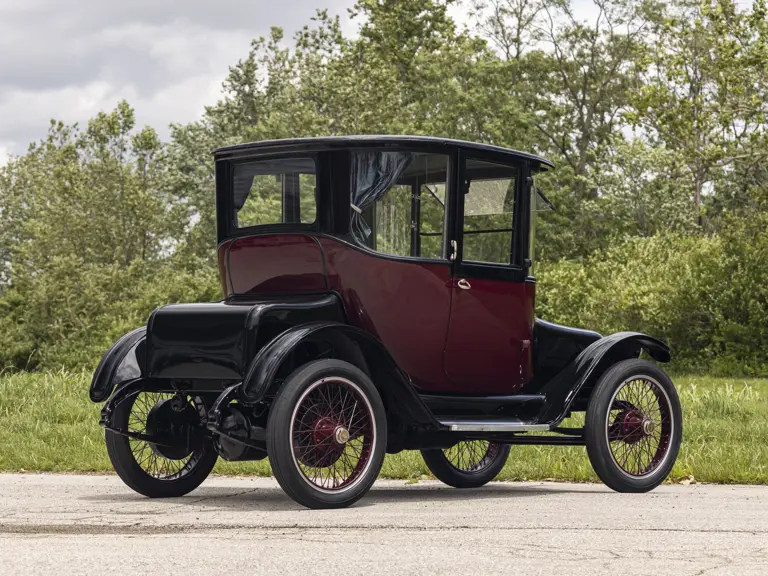
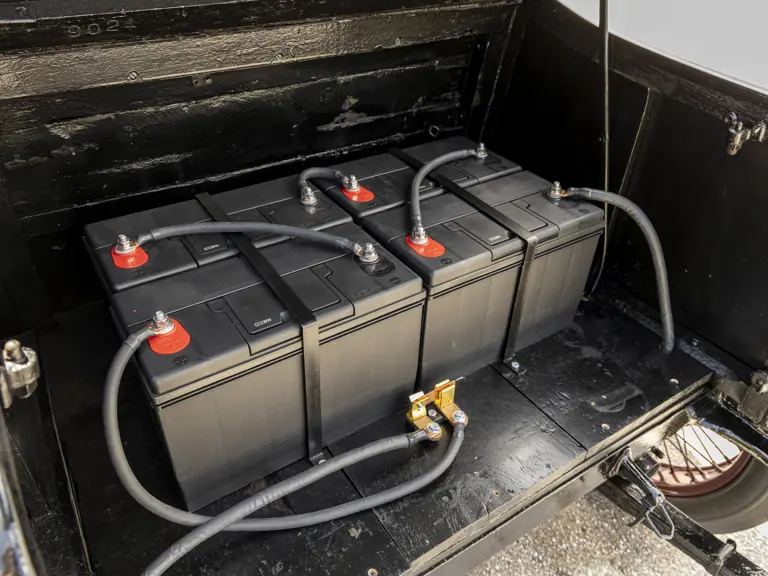
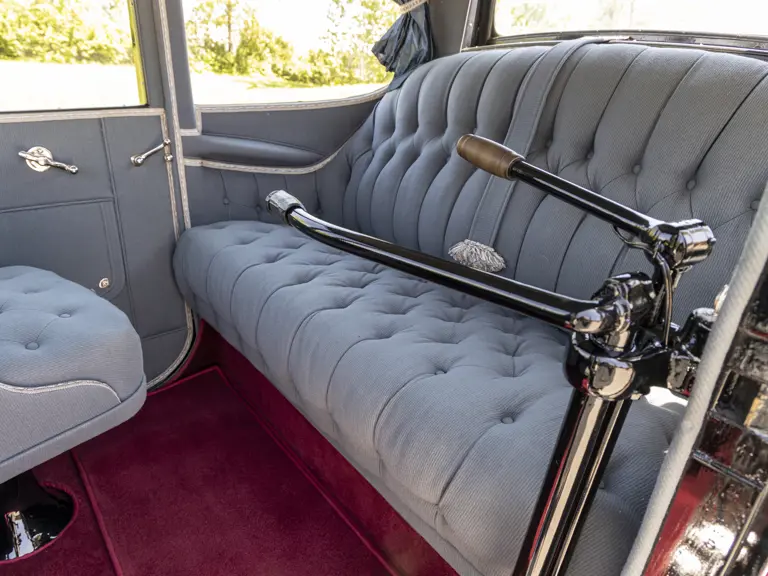
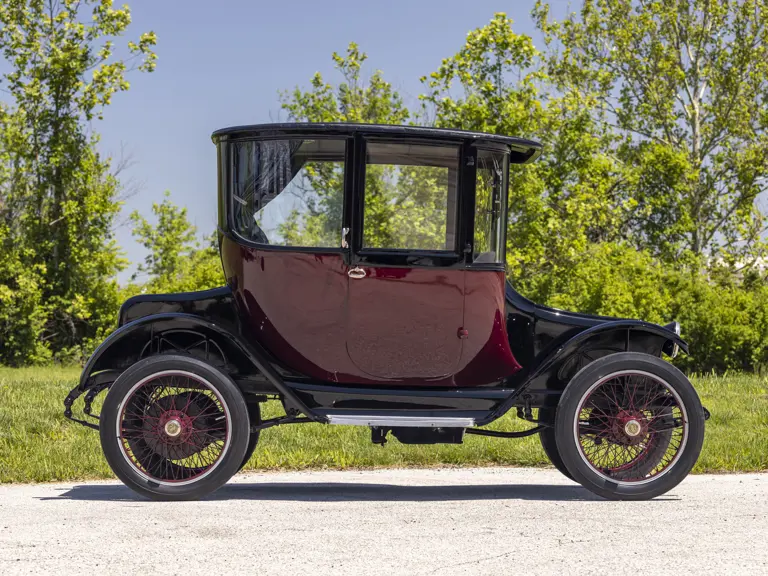
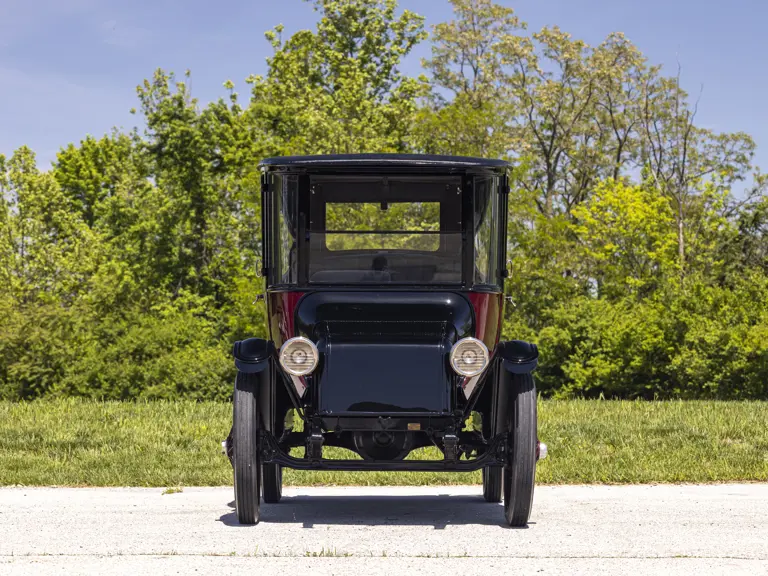
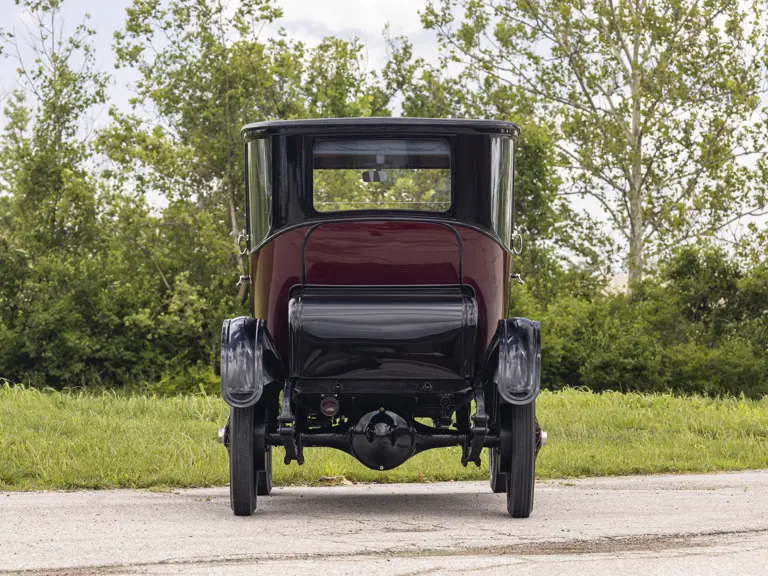
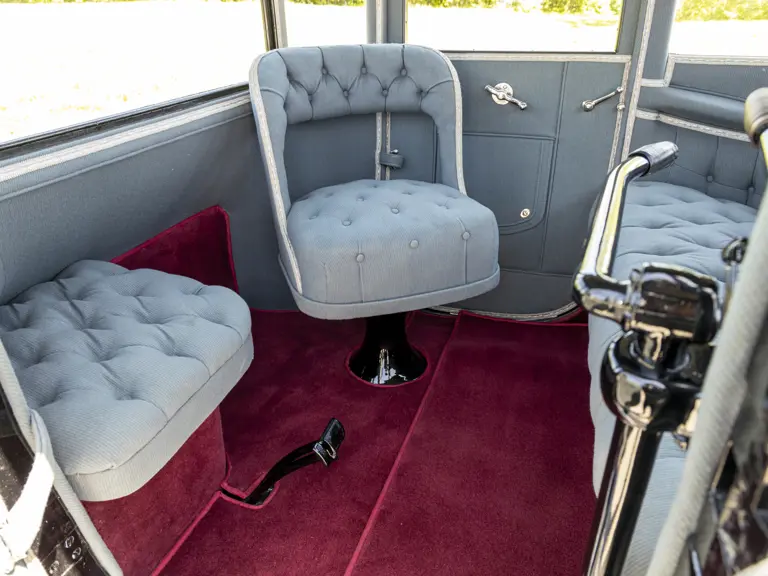
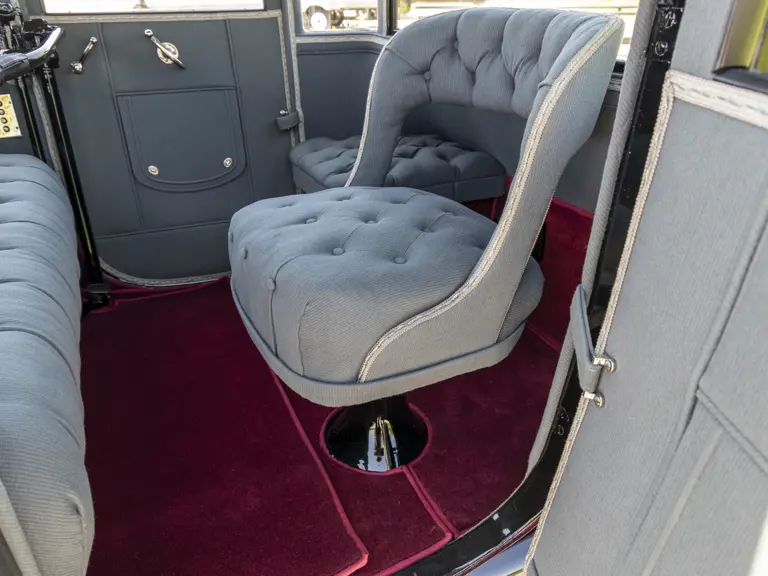

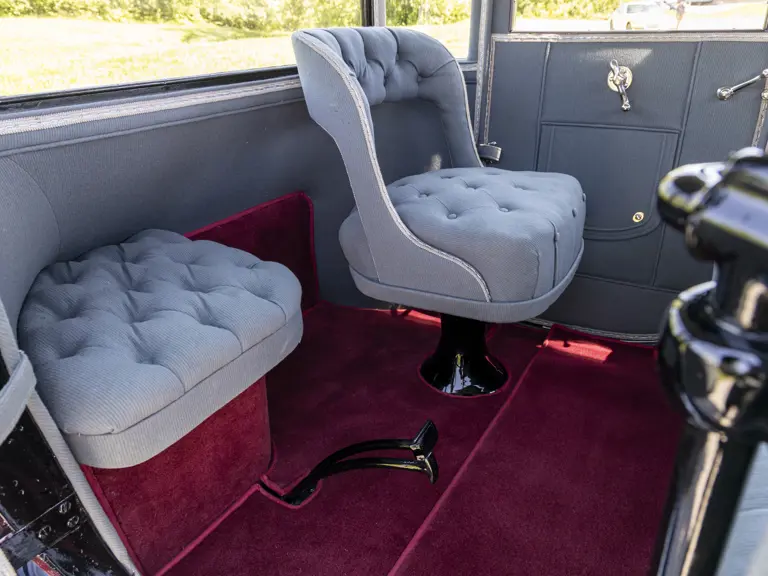
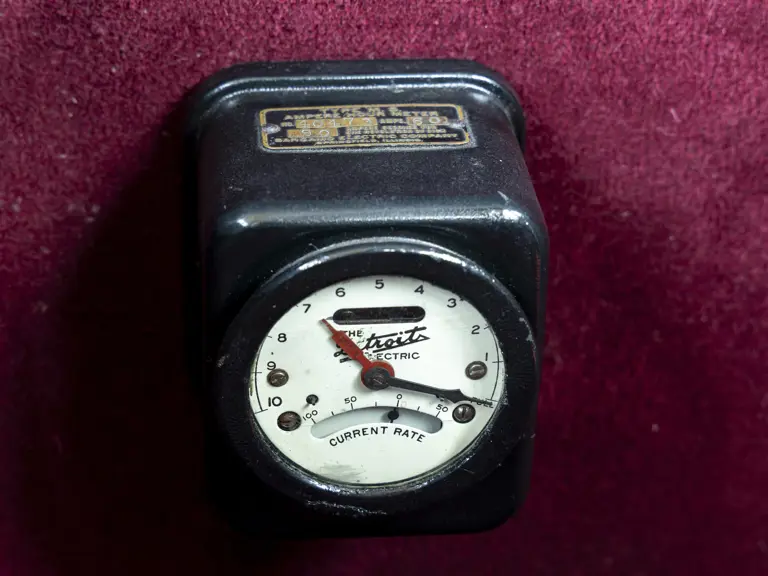
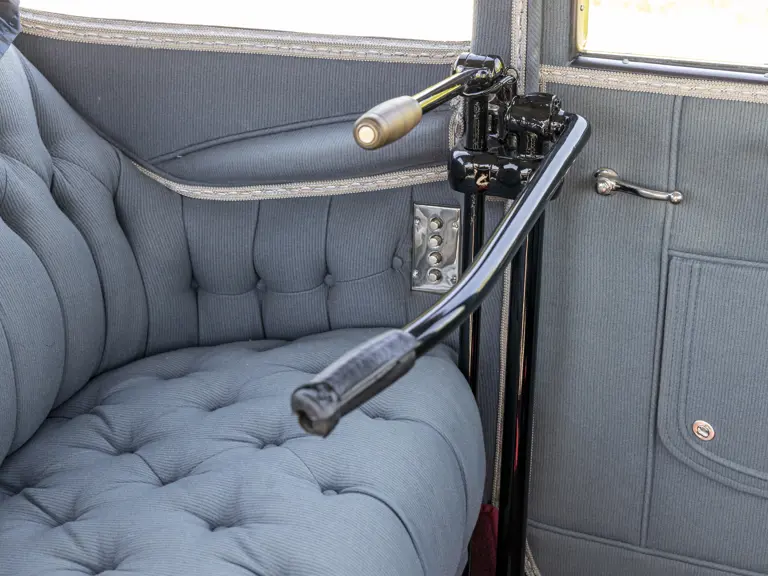
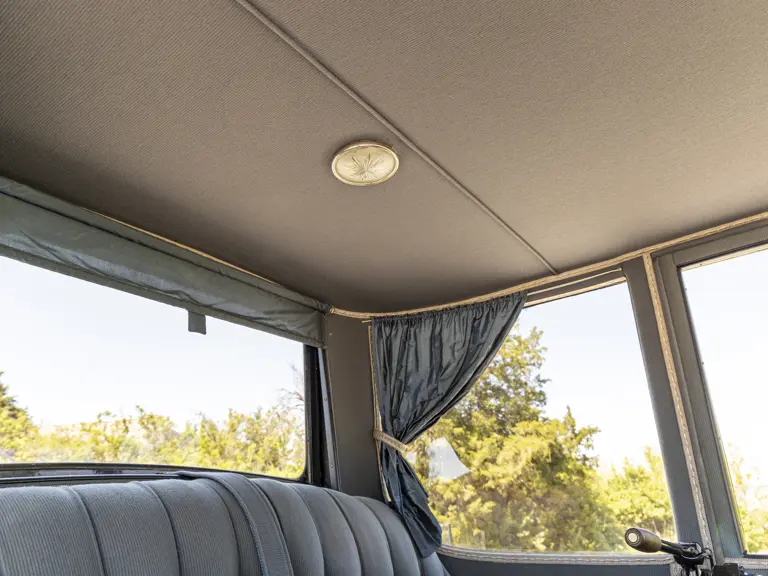
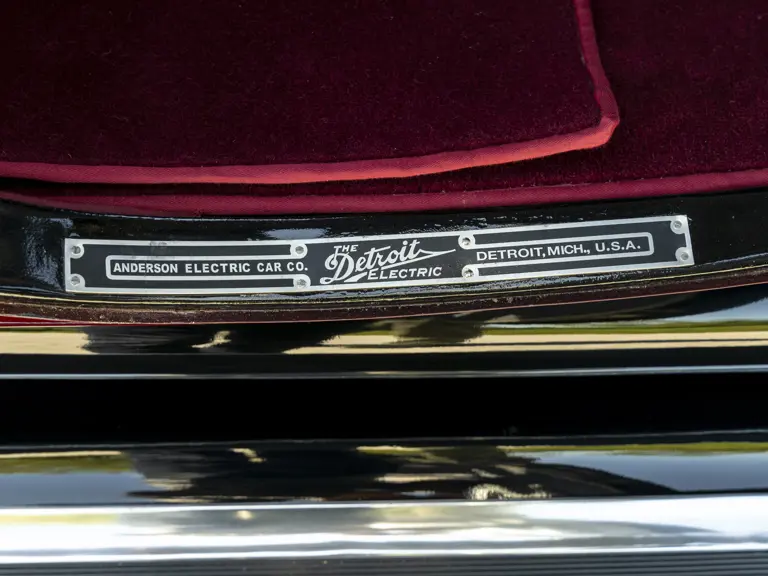
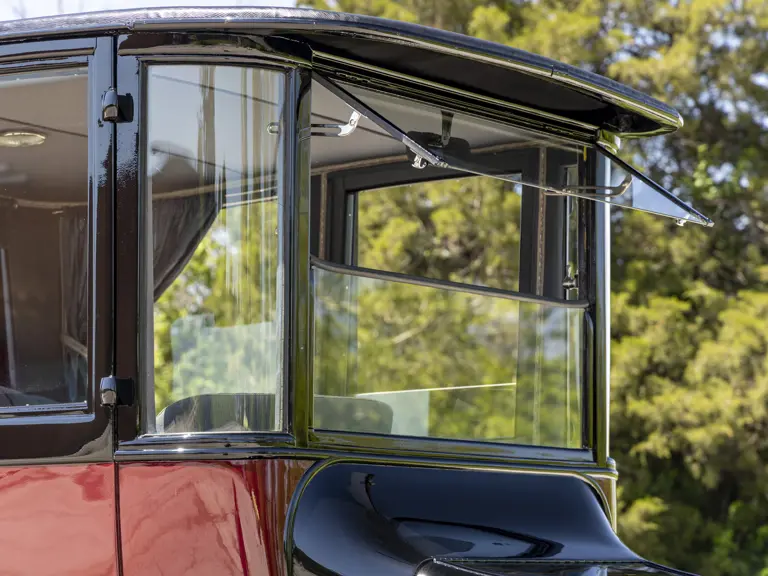
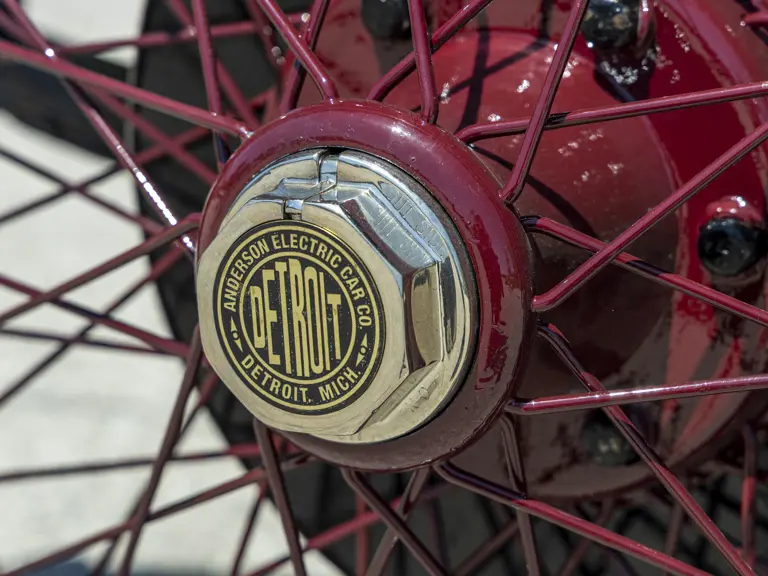
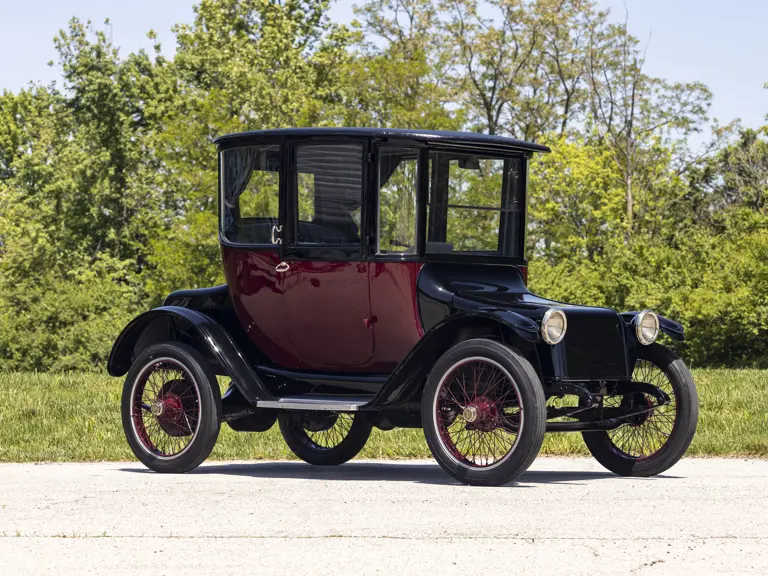
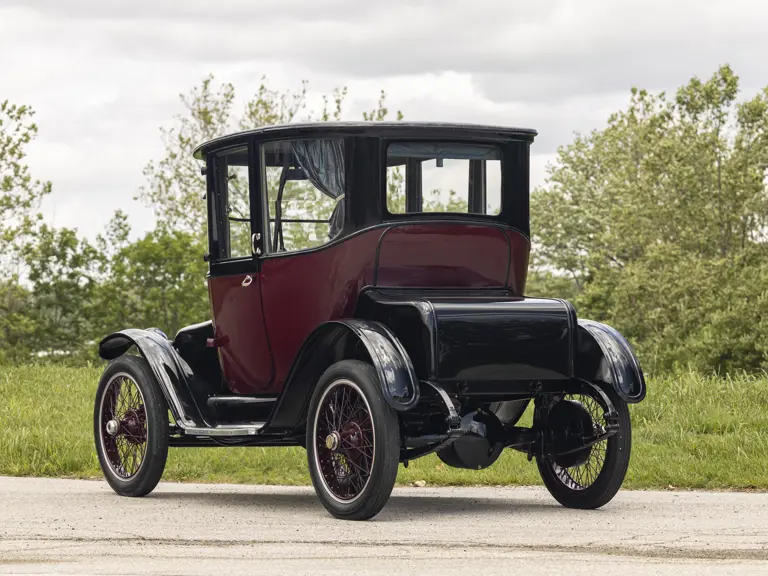
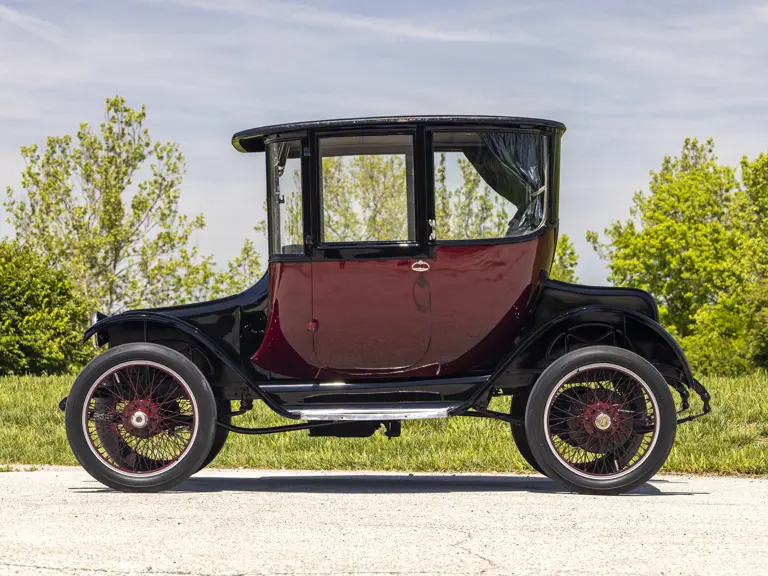
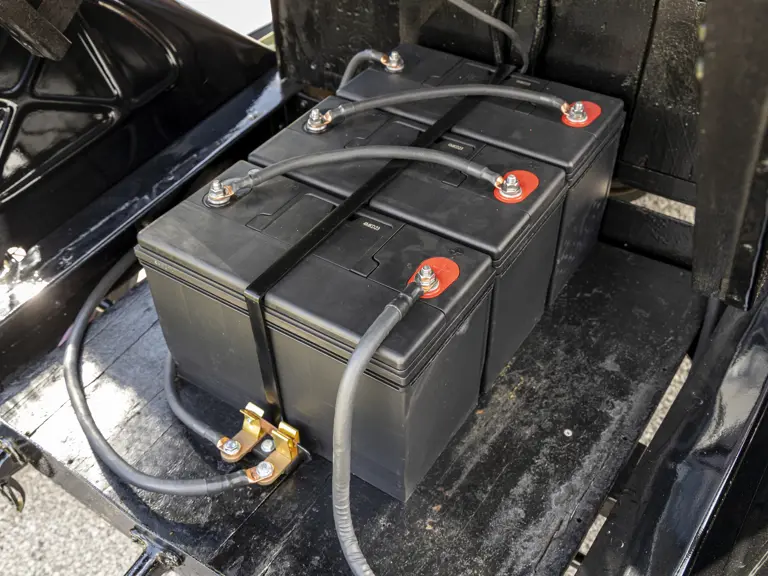
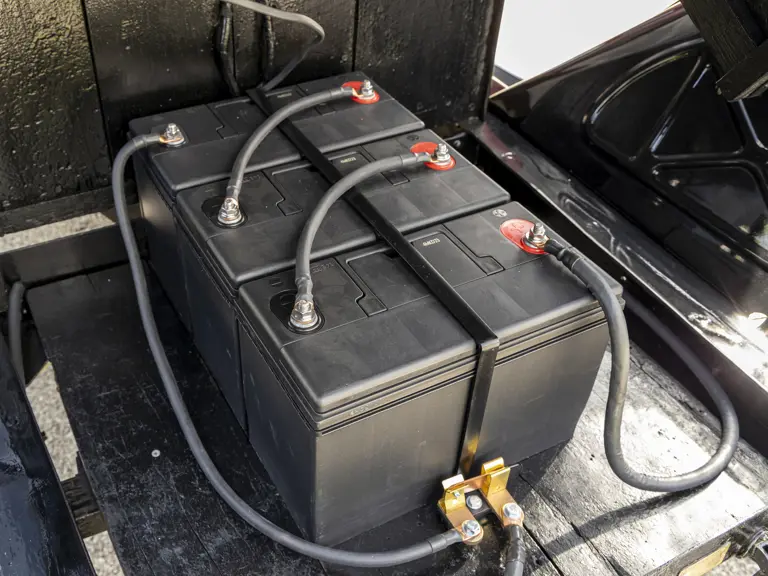
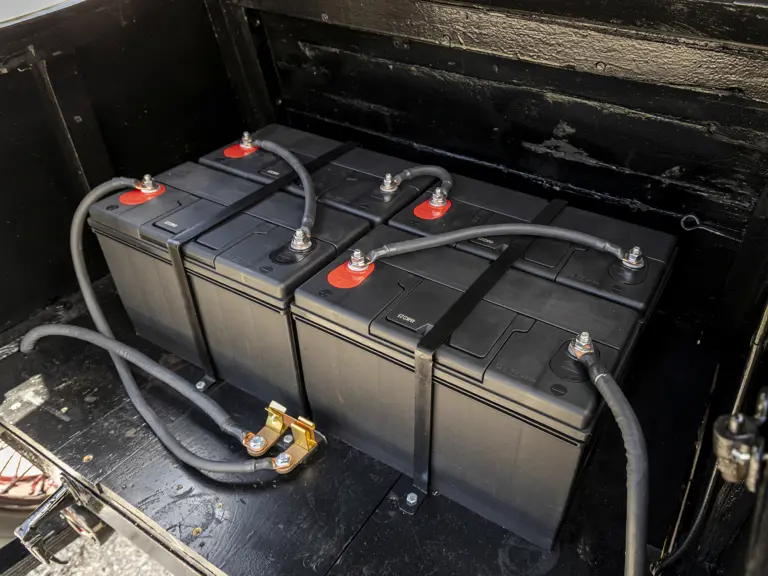
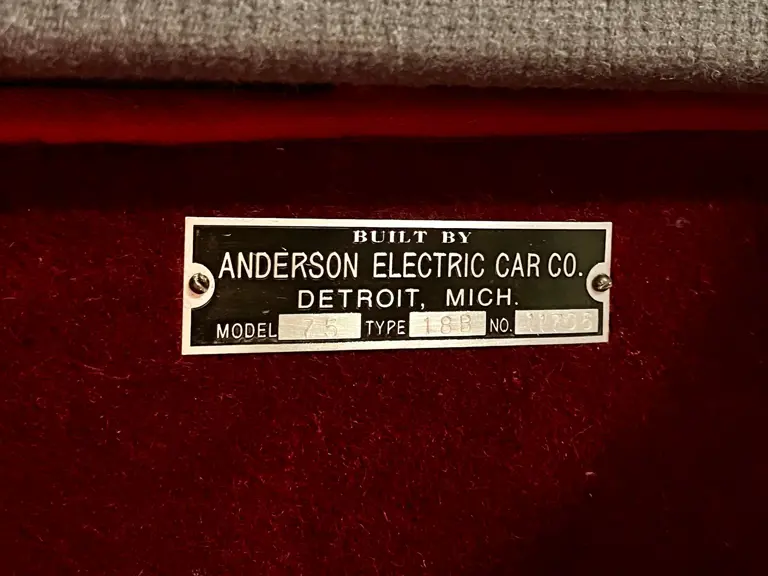
 | St. Louis, Missouri
| St. Louis, Missouri

